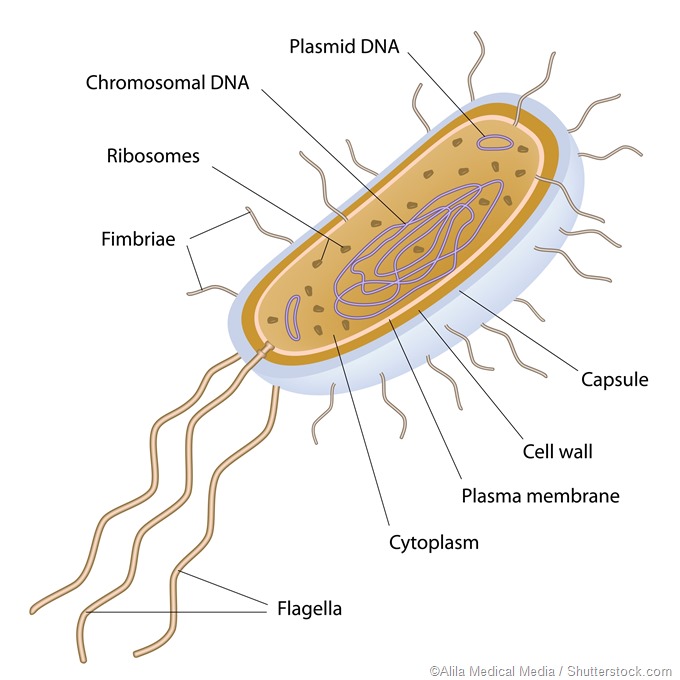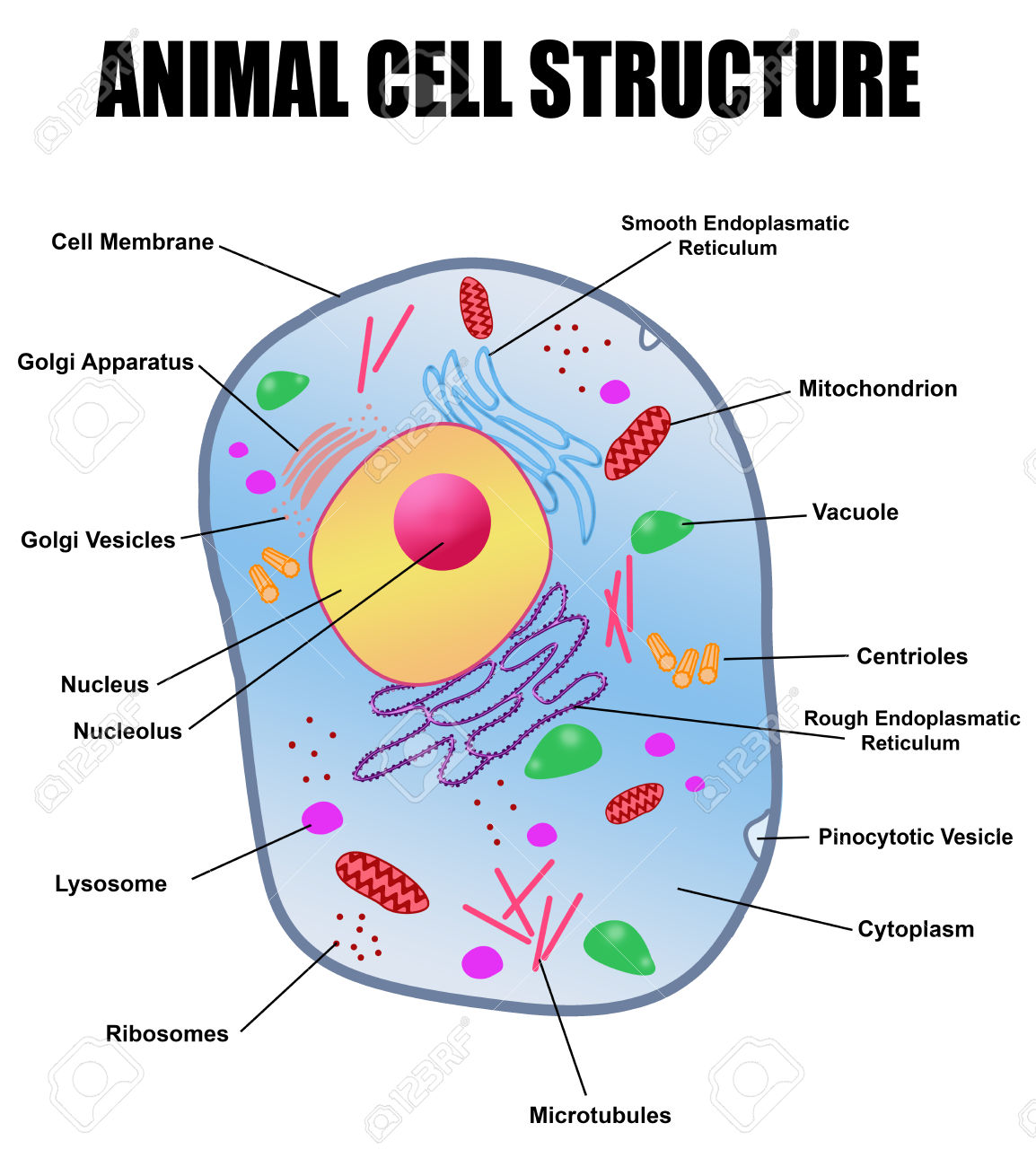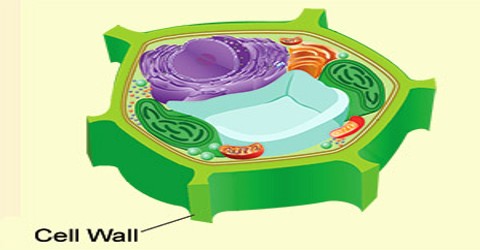what is cell ?
Introduction:-
Cells are both the structural and functional units of life. They are the basis for all living things. Robert Hooke discovered them in 1665, using a primitive microscope. Leeuwenhoek (1674), using a significantly improved microscope, discovered them in pond water. The nucleus in the cell was discovered by Robert Brown in 1831. Purkinje defined protoplasm as the fluid substance that makes up the cell in 1839.
THE CELL THEORY
→ Types of cells based on nucleus structure.
• There are two types of cells on the basis of nucleus structure :
(i) Prokaryotic cells, and
(ii) Eukaryotic cells

Difference between Prokaryotes cell and Eukaryotes cell
Difference between Animal cell and Plant cell

Plasma membrane or Cell membrane
A cell's plasma membrane or cll membrane is the most outer envelope of the cell, which separates its interior from its surroundings. The plasma membrane allows some materials to enter and exit the cell due to which it is also known as selectively permiable membrane.
• As it restricts some other materials from passing through. This membrane is called the selectively permeable membrane. It is made up of lipids and proteins.
→ Properties of Plasma membrane
It is flexible (composed of organic molecules called lipids and proteins).Cellular flexibility allows it to absorb food and other substances from the external environment. It is called endocytosis. Through this process, amoeba acquire food.
→ Functions of Plasma membrane
It permits the movement of some materials within and outside the cell. It prevents movement of other materials not needed by the cell by acting as a selectively permeable membrane.
Cell Wall
• The cell wall is another rigid outer covering found on plant cells, in addition to the plasma membrane.The cell wall is located outside the plasma membrane.
• The plant cell wall is mainly composed of cellulose. Cellulose is a complex substance which provides structural strength to plants.
→ Function of Cell Wall
Because of the cell walls, plants, fungi, and bacteria are capable of surviving in very thin (hypotonic) media without bursting. In such a medium, cells tend to take up water through osmosis.Pressure builds up against the cell wall as the cell swells. The wall exerts a similar amount of pressure on the swelling. Due to the cell wall, cells can withstand greater changes in the surrounding medium than animal cells.







No comments:
Post a Comment